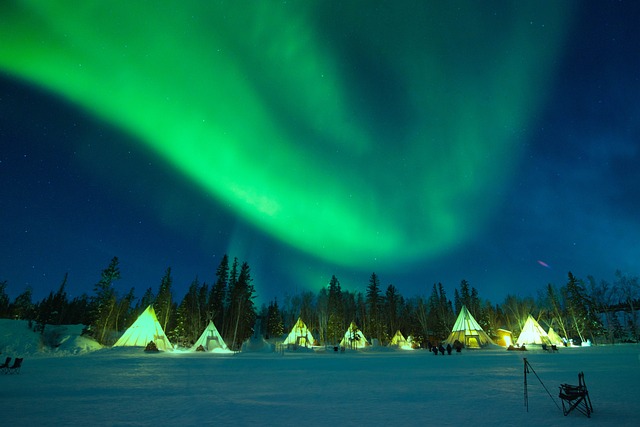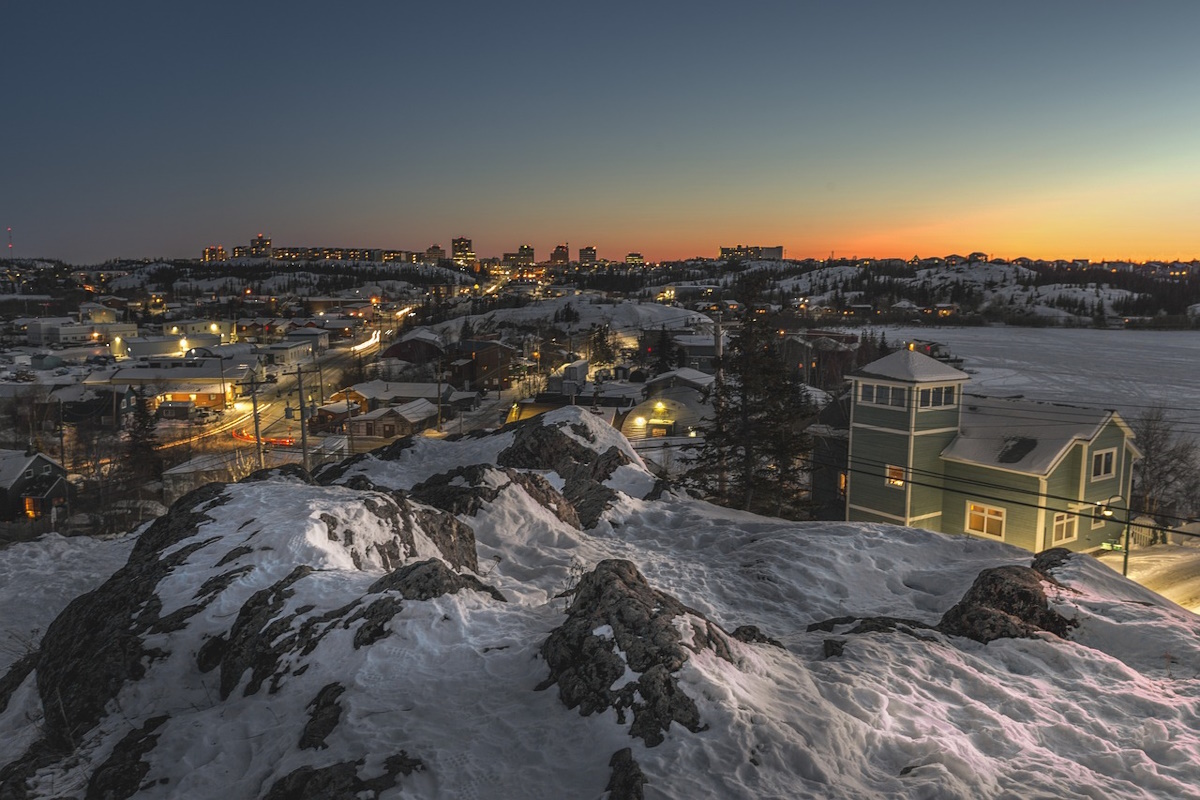Yellowknife: Discover Canada’s Upper North
Yellowknife, the capital of the Northwest Territories, might conjure images of endless snow and remoteness. But this dynamic city offers a surprising blend of cultural experiences, breathtaking natural beauty, and a surprising touch of quirkiness.
Prepare to have your mind blown by these fascinating facts about Yellowknife
Mind-blowing Facts
-
Diamond Digger: Yellowknife is the heart of Canada‘s diamond industry, with massive mines operating nearby. You might even spot a rare diamond souvenir!
-
City of Lights…Sometimes: Witness the dazzling aurora borealis dance across the sky during the long winter nights.

-
Midnight Sun Magic: In summer, experience the surreal phenomenon of the midnight sun, where the sun barely sets, creating endless days for exploration.
-
Yellowknife’s Golden Past: The city’s name originates from a golden hue observed in the rocks along the Yellowknife River, not actual gold deposits.
-
Bushplane Capital of the World: Yellowknife is a hub for floatplanes, a vital mode of transportation connecting remote communities in the vast NWT.
-
Historic Prince of Wales Northern Heritage Centre: Explore the rich cultural heritage of the Northwest Territories through interactive exhibits and fascinating stories.
-
Ice Road Adventures: Travel on frozen lakes and rivers when the ice roads open in winter, a truly unique northern experience.
-
The Snaking Giant: Navigate the winding Yellowknife River by boat, kayak, or even stand-up paddleboard – a scenic adventure in the heart of the city.
-
Artists’ Haven: Yellowknife boasts a vibrant arts scene, with galleries showcasing the works of talented Indigenous and contemporary artists.
-
Festival Fun: From the exuberant Spring Break-Up Festival to the quirky Long John Noodle Eating Contest, Yellowknife knows how to celebrate in style.
-
Fort Smith Historic Site: Step back in time and explore a reconstructed Hudson’s Bay Company trading post, offering a glimpse into the area’s fur-trading past.
-
Bushwalking Paradise: Hike through the pristine wilderness surrounding Yellowknife, spotting wildlife and marveling at the dramatic landscapes.
-
Unique Culinary Scene: Experience fresh, local ingredients with a northern twist at Yellowknife’s restaurants, from casual cafes to fine dining.
-
Giant Mine Tour: Descend into a retired gold mine and learn about the history and challenges of mining in the harsh northern environment.
-
Home to Champions! Yellowknife has the highest per capita rate of Canadian National Track Cycling Champions – a surprising fact for this wintery city!
Conclusion
Yellowknife is a city of contrasts and surprises. Beyond the icy landscapes lies a vibrant community, rich culture, and endless opportunities for adventure. So, whether you’re seeking a glimpse into the North’s captivating history, an encounter with the stunning aurora borealis, or a friendly welcome from a unique city full of character, Yellowknife awaits with open arms (and warm winter gear!).

